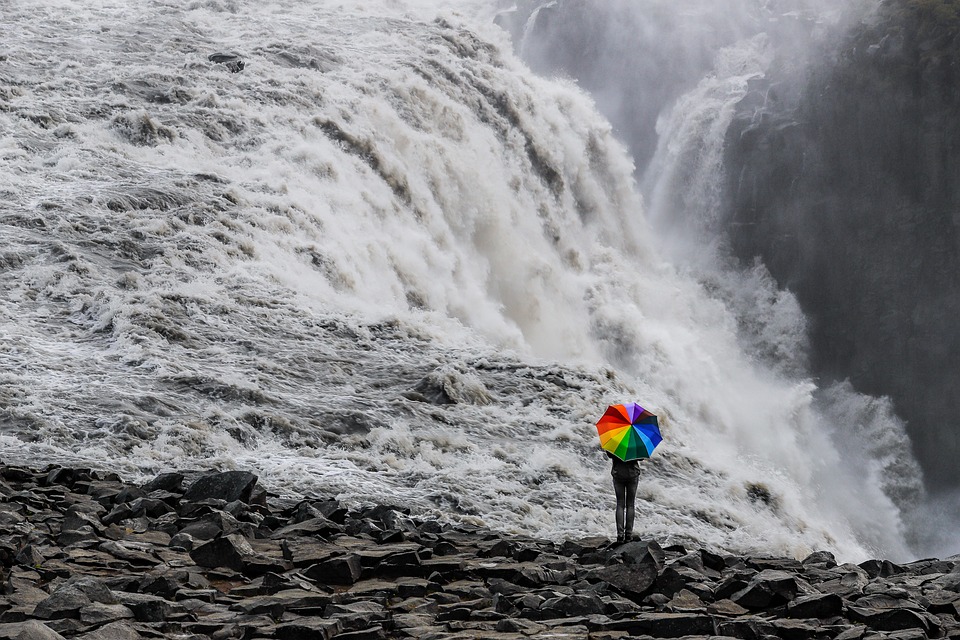Rainbow Ruckus: The Amazing Process of Refraction and Dispersion
Have you ever stopped to marvel at the breathtaking beauty of a rainbow? The vibrant colors, the perfect arch, the sheer wonder of it all? But have you ever wondered how this breathtaking spectacle comes to be? Look no further! In this article, we’ll delve into the fascinating world of refraction and dispersion, and explore the amazing process behind the creation of rainbows.
What is Refraction?
Refraction is the bending of light as it passes from one medium to another. When light travels from air into a transparent object, such as water or glass, it changes direction. This bending occurs because light travels at different speeds in different materials. In the case of a rainbow, the bending of light occurs as it passes through water droplets in the air.
What is Dispersion?
Dispersion is the separation of light into its individual colors, based on their wavelengths. When light is refracted through a prism or a water droplet, it is split into its component colors. This is because each color has a unique wavelength and is refracted at a slightly different angle.
The Amazing Process of Refraction and Dispersion
When sunlight enters the Earth’s atmosphere, it is refracted as it passes through the air. As it approaches a water droplet, such as a cloud or a raindrop, it is refracted again. This bending of light causes the different colors to spread out, or disperse.
As the dispersed light exits the water droplet, it is refracted once more. This time, the different colors exit the droplet at slightly different angles, creating the colors of the rainbow. The angle at which the light exits the droplet determines the position of the color on the rainbow.
The Colors of the Rainbow
You may have noticed that rainbows always appear in the same order: red, orange, yellow, green, blue, indigo, and violet. This is because the different colors of light have different wavelengths, and are refracted at slightly different angles. The colors that we see in a rainbow are a result of the dispersion of light as it passes through the water droplets.
Creating a Rainbow
To create a rainbow, you need three things: sunlight, water droplets, and an observer. The sun should be behind the observer, and the water droplets should be in front of them. When the sunlight passes through the water droplets, it is refracted and dispersed, creating the colors of the rainbow.
Fascinating Facts
- Rainbows are circular, but we can only see the top part of the circle because the water droplets are usually too small to create the full circle.
- The colors of the rainbow always appear in the same order, no matter where you are in the world.
- Rainbows can occur at night, but they are much fainter because the moon and stars don’t have the same intensity as the sun.
- In some cultures, rainbows are considered a sign of good luck or a promise of prosperity.
Image
[Insert an image of a rainbow, with a diagram of the refraction and dispersion process]
FAQs
Q: Why do rainbows always appear in the same order?
A: Rainbows always appear in the same order because the different colors of light have different wavelengths, and are refracted at slightly different angles.
Q: Can rainbows occur without water droplets?
A: Yes, rainbows can occur without water droplets. For example, prisms can create a rainbow-like effect by refracting and dispersing light.
Q: Why don’t we see rainbows every day?
A: Rainbows are relatively rare because the conditions necessary to create them are specific. The sun must be behind the observer, and there must be water droplets in front of them.
Q: Can we create a rainbow indoors?
A: Yes, you can create a rainbow indoors by shining a light through a prism or a glass of water. You can also create a rainbow using a CD or a glass slide.
Q: Are rainbows permanent?
A: No, rainbows are not permanent. They are fleeting and temporary, and can disappear quickly if the sun moves or the water droplets change shape.
By understanding the amazing process of refraction and dispersion, we can appreciate the beauty and wonder of rainbows in a whole new way. So next time you spot a rainbow, take a moment to marvel at the incredible science behind this stunning phenomenon!


